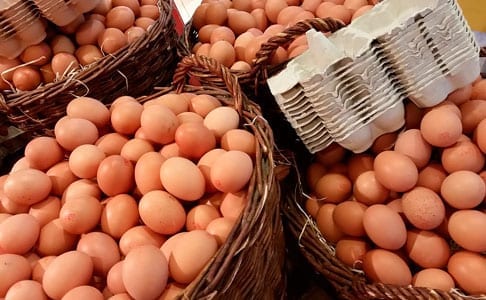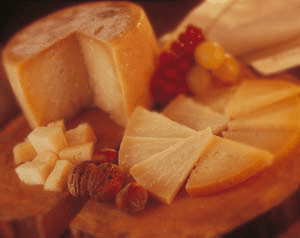Birds provide a popular food that brings us proteins, vitamins and minerals simply and inexpensively. In this article we recall some important aspects when buying eggs, the different qualities existing, your classification y conservation. To clear all the doubts that we generate at the time of purchase and even to keep them in good condition at home, pay attention to what we tell you here.
Quality and breeding method
Although in supermarkets only the quality A eggs, we must explain that there are also quality B and C. The first are those that are marketed Fresh, which have not been cleaned or refrigerated below 5º C. The second ones have been disinfected and have had some treatment. These are intended for the food industry. Finally, those of category C They are destined for the industry and undergo pasteurization or sterilization treatments for human use or not.
You may have doubts in the egg purchase by breeding method and classification. Currently there eggs ecological They are marked with an initial 0 on the shell. These come from free range chickens. Their diet is based on organic feed in a minimum of 80% of its ingredients. These birds do not take any type of antibiotic or medication.
- Free-range eggs marked with a 1 as the first digit They come from animals in the wild like the ecological ones. In this case they do not take organic feed. The density of animals in the wild is somewhat higher but the big difference is their diet.
- Those of chickens raised on the ground They have the same diet as jackets, but their movement is limited to one ship, they do not go outside. Its marking is with a initial number 2 in the shell of the egg.
Lastly, cage hen eggs as their name suggests they come from caged hens with movement limited to that space. Its marking is with a initial number 3 in the shell.
La productivity of the chickens and, logically, the price it is directly linked to this numbering. A cage chicken egg marked 3 has a production cost of very inferior to eggs marked with a 0 of ecological and 1 free-range hens. After the numbering of the type of breeding and feeding we find the initials of the country of origin and the province and farm code. So you can have this clearer at the time of the purchase of eggs.
Weight and measure
Its classification is as follows:
XL- Super large: Eggs weighing more than 73 gr
L- Large: Eggs weighing 63 to 73 gr
M-Medium: Eggs weighing 53-63 gr
P- Small: Eggs weighing less than 53 gr
The optimal yolk-white ratio is achieved by medium-sized eggs. It is important to indicate that the quality is not determined by the color of the eggshell. Although the vast majority of organic eggs are brown, since they are commercially associated with a more rustic egg. The color only tells us the raza of chicken.
Conservation after buying eggs
La preservation of fresh eggs it must meet a few simple requirements. They should be kept in a dry place, odorless, cool but not lower than 4-5º C and with a constant temperature. That is the best way to keep them, especially in the summer. Usually in homes, the best place is the top of the refrigerator. There the temperature is somewhat higher and they are protected from odors. For this, the egg cups fulfill their function.
Many people wonder why in supermarkets they are not kept in the refrigeratorWell, there the refrigeration temperature is lower than 5º C and the law does not allow them to be kept at that temperature. So now you know all about the purchase of eggs.







